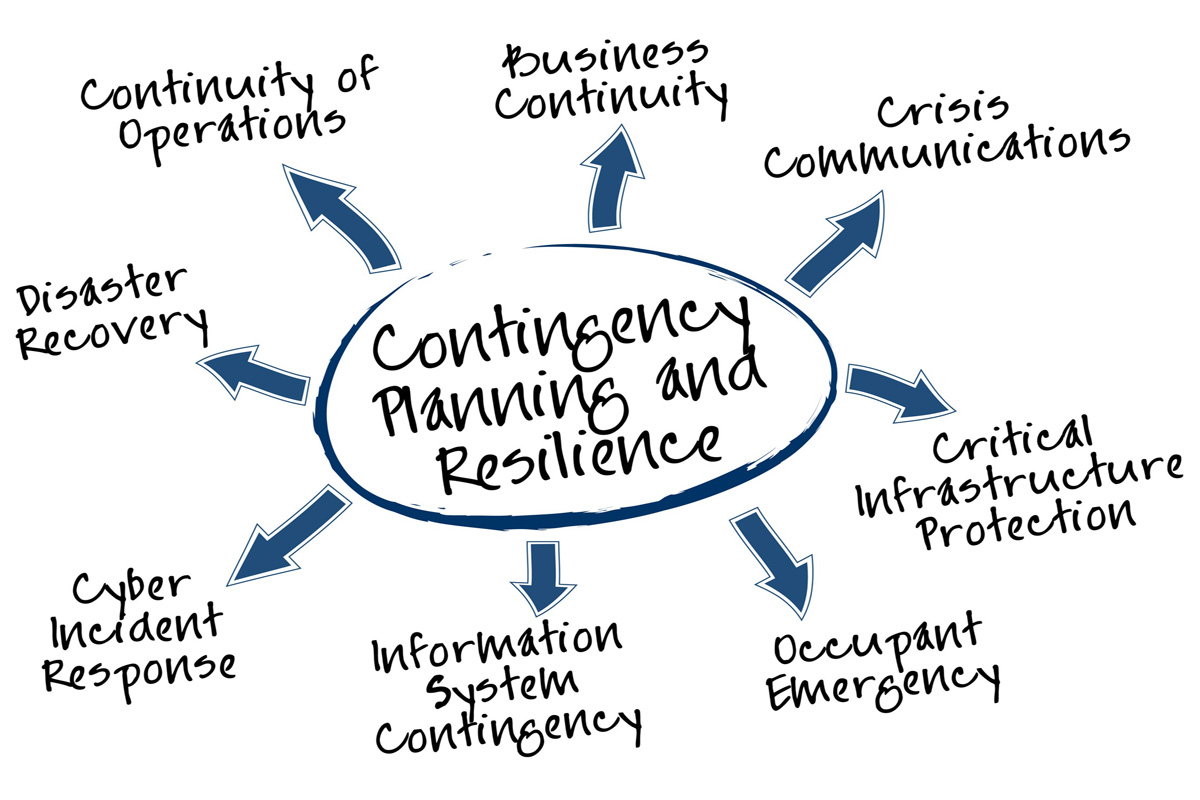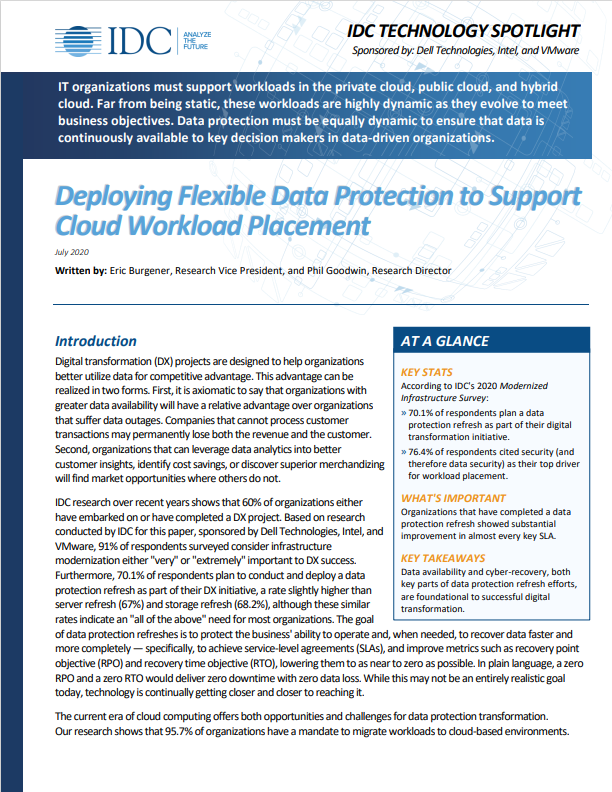Fail to plan, plan to fail: Firms neglect recovery plans at their peril
Despite the clear evidence of the damage caused by IT failures, it seems businesses are still neglecting their business recovery plans

Inside the enterprise: When it comes to IT, businesses are failing to learn from their mistakes.
This is especially true when it comes to business continuity planning and disaster recovery.
Over the last few months, IT Pro has covered a number of high-profile business outages caused by IT failures; the cost of these outages easily runs to millions of pounds. Examples include the failure of the UK's air traffic control system last December and a series of failures in the banking sector, notably at RBS.
These and indeed most IT-related outages could have either been foreseen, or their impact minimised, through better testing and better business continuity planning.
Firms are either unaware of the risks they face, or are failing to take them seriously enough.
In the case of NATS, it's possible to argue the system worked as it should, leading to a partial shut down but keeping planes safe. But NATS, airlines and passengers would far rather the fault had never happened in the first place.
In the case of the RBS group, the root cause seems to be some years of under-investment in technology. But it is hard not to feel, at least based on what is in the public domain, that banks of that scale should be better prepared to limit the impact of a fairly mundane IT failures.
Apparently, they are not alone. A survey carried out by Timico, an online services provider which sells, among other things, cloud-based disaster recovery tools, suggests a quarter of IT managers had experienced an outage during the past month. This is a significant figure.
Get the ITPro daily newsletter
Sign up today and you will receive a free copy of our Future Focus 2025 report - the leading guidance on AI, cybersecurity and other IT challenges as per 700+ senior executives
The survey found one in eight companies had not tested their business recovery plans. This suggests firms are either unaware of the risks they face, or are failing to take them seriously enough.
It also gives some interesting insights into why systems fail. In one in four cases, the root cause was a power failure; whether this is a grid level power cut or a failure of internal power distribution systems isn't specified. As many as 40 per cent of outages were caused by either hardware or software failure, or possibly both.
Natural disasters were said to be behind 11 per cent of incidents, with human error causing seven per cent, and malicious activity, five per cent. This suggests in most cases, an IT outage could have been prevented.
Even where prevention is impossible, a good business continuity plan should allow an organisation to continue to function, even if IT capacity is reduced for a time. But this has long been a weakness of both business continuity planning, and conventional disaster recovery tools. The tools need to be tested, to ensure they work, and businesses need to rehearse and practice their recovery, and workrounds.
In theory, cloud-based recovery services should help SMEs to keep working, and keep their data safe, if something goes wrong. But if IT departments fail to put this to the test, they will never know.
Stephen Pritchard is a contributing editor at IT Pro.
-
 Should AI PCs be part of your next hardware refresh?
Should AI PCs be part of your next hardware refresh?AI PCs are fast becoming a business staple and a surefire way to future-proof your business
By Bobby Hellard
-
 Westcon-Comstor and Vectra AI launch brace of new channel initiatives
Westcon-Comstor and Vectra AI launch brace of new channel initiativesNews Westcon-Comstor and Vectra AI have announced the launch of two new channel growth initiatives focused on the managed security service provider (MSSP) space and AWS Marketplace.
By Daniel Todd
-
 Veeam snaps up former Gigamon channel chief Larissa Crandall
Veeam snaps up former Gigamon channel chief Larissa CrandallNews Industry veteran will lead Veeam’s channel business as vice president of global channel and alliances
By Daniel Todd
-
 How much is 99.999% uptime actually worth?
How much is 99.999% uptime actually worth?In-depth Many service providers claim 99.999% uptime, but what does this actually mean?
By Barclay Ballard
-
 Deploying flexible data protection to support cloud workload placement
Deploying flexible data protection to support cloud workload placementWhitepaper Why data availability and cyber recovery are foundational to successful digital transformation
By ITPro
-
 RiverMeadow unveils multi-cloud disaster recovery solution
RiverMeadow unveils multi-cloud disaster recovery solutionNews The new capability helps protect VMware vSphere workloads both on-premises and in the cloud
By Praharsha Anand
-
 US government warns of increased risk of ransomware over holiday season
US government warns of increased risk of ransomware over holiday seasonNews CISA and FBI issue joint statement warning organizations not to let their guard down
By Rene Millman
-
 Property firm cyber attack leaves home movers in the lurch
Property firm cyber attack leaves home movers in the lurchNews Simplify Group customers were left unable to move house due to a systems outage
By Zach Marzouk
-
 Free decryptor key for REvil/Sodinokibi ransomware released
Free decryptor key for REvil/Sodinokibi ransomware releasedNews The key was made possible thanks to a collaboration between law enforcement and Bitdefender
By Rene Millman
-
 Datto launches its business continuity solution for Azure
Datto launches its business continuity solution for AzureNews Datto Continuity for Microsoft Azure helps MSPs recover data within minutes of an outage
By Praharsha Anand